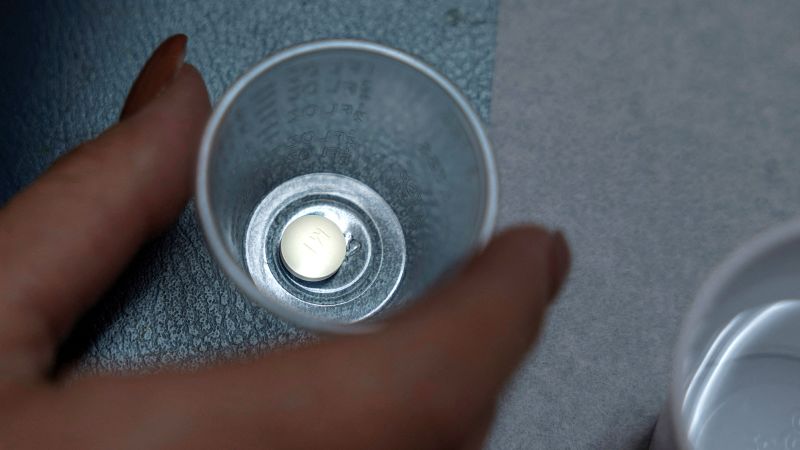Joe Thomson stands surveying his shiny brewery from the elevated glass fronted taproom.
At one end of Firebrand Brewing Company’s factory stand four towering 9,000 litre vessels, a recent purchase to help meet growing demand for non-alcoholic beer.
“We weren’t sure what to expect when we launched our first non-alcoholic beer, Shorebreak, in 2022, but it is now our biggest selling canned beer by a long way,” he says.
“We weren’t sure what to expect when we launched our first non-alcoholic beer, Shorebreak, in 2022, but it is now our biggest selling canned beer by a long way,” he says.
Mintel estimates that retail sales value of low and no-alcohol beer in the UK grew by 28.7% and volume sales by 18.8% over 2021-23.
The keen appetite for a healthier, non-alcoholic alternative to traditional beer is fuelling innovation as brands explore ways to mimic the taste of traditional beer.
Alcohol gives beer a sweet, warming, full-bodied taste, as well as affecting how other flavour compounds evaporate, resulting in its distinctive flavour. So, removing it presents a challenge.
“With alcohol free beer you are breaking the rules. You have to find creative ways to brew a tasty balanced beer,” says Mr Thomson.
One of the most widely used approaches to brewing non-alcoholic beer is arrested fermentation, which either removes the yeast or stops the yeast from becoming active.
Joe Thomson stands surveying his shiny brewery from the elevated glass fronted taproom.
“We weren’t sure what to expect when we launched our first non-alcoholic beer, Shorebreak, in 2022, but it is now our biggest selling canned beer by a long way,” he says.
At one end of Firebrand Brewing Company’s factory stand four towering 9,000 litre vessels, a recent purchase to help meet growing demand for non-alcoholic beer.
Mintel estimates that retail sales value of low and no-alcohol beer in the UK grew by 28.7% and volume sales by 18.8% over 2021-23.
“We weren’t sure what to expect when we launched our first non-alcoholic beer, Shorebreak, in 2022, but it is now our biggest selling canned beer by a long way,” he says.
“We weren’t sure what to expect when we launched our first non-alcoholic beer, Shorebreak, in 2022, but it is now our biggest selling canned beer by a long way,” he says.
Mintel estimates that retail sales value of low and no-alcohol beer in the UK grew by 28.7% and volume sales by 18.8% over 2021-23.
The keen appetite for a healthier, non-alcoholic alternative to traditional beer is fuelling innovation as brands explore ways to mimic the taste of traditional beer.
Alcohol gives beer a sweet, warming, full-bodied taste, as well as affecting how other flavour compounds evaporate, resulting in its distinctive flavour. So, removing it presents a challenge.
“With alcohol free beer you are breaking the rules. You have to find creative ways to brew a tasty balanced beer,” says Mr Thomson.
One of the most widely used approaches to brewing non-alcoholic beer is arrested fermentation, which either removes the yeast or stops the yeast from becoming active.
#brewing #secrets #tastier #noalcohol #beer
Note:- (Not all news on the site expresses the point of view of the site, but we transmit this news automatically and translate it through programmatic technology on the site and not from a human editor. The content is auto-generated from a syndicated feed.))



